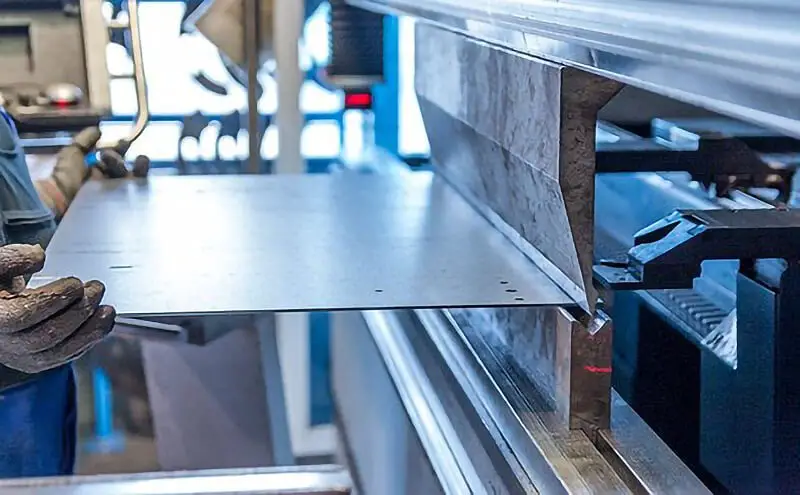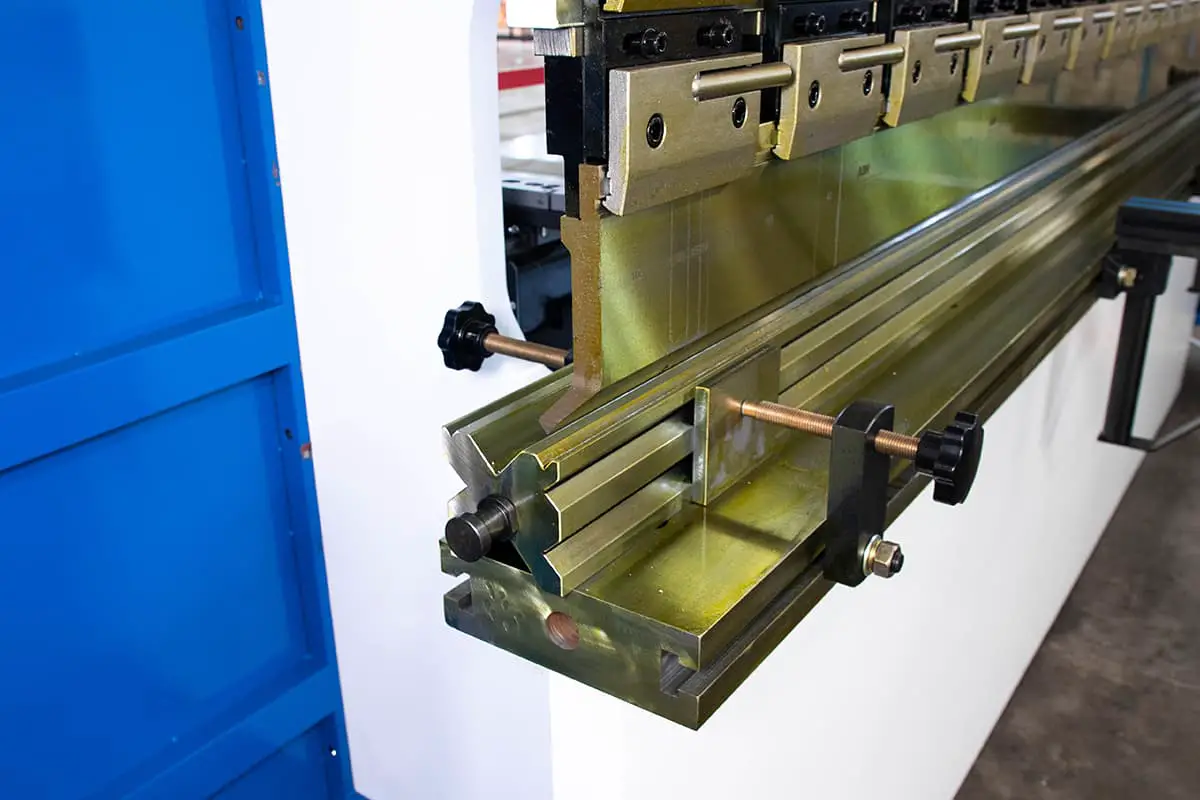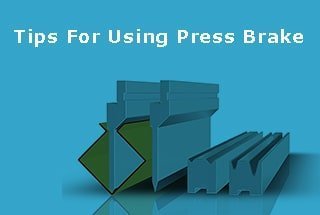
- Upon entering the site, it is mandatory to wear appropriate work attire and secure the cuffs. Playing is strictly prohibited and the site must be kept clean and orderly.
- The operation can only be performed after thoroughly mastering the correct usage procedures for relevant equipment and tools.
- Prior to starting, conduct a thorough inspection to ensure the motor, switch, wiring, and grounding are all normal and secure. Additionally, check that the operating parts and buttons of the equipment are in the correct position.
- Regular lubrication must be performed on the press brake machine parts that require it.
- Before conducting any bending, run the equipment idle and check for any abnormalities.
- It is forbidden to turn on the equipment while the bending die is being installed.
- The bending die must be selected correctly and the lower die size must be determined based on the plate thickness. Typically, the die size is 8 to 10 times the plate thickness, and for thin plates within 2mm, it can be 6 to 8 times.
- The upper and lower molds must be installed and operated correctly to prevent injury, with the fastening position of the molds being secure.
- During bending, it is not allowed to place any debris or measuring tools between the upper and lower molds.
- In the case of multiple operators, the main operator must be confirmed, and they must control the use of the foot switch. The foot switch must not be used by any other personnel.
- The sheet material must be properly supported during bending to prevent warping and potential injury.
- No one is allowed to stand behind the machine tool while it is in operation.
- If any errors are detected during operation, the machine must be stopped for correction. It is strictly prohibited to make manual corrections during operation to prevent hand injuries.
- Overbending thick iron plates, quenched steel plates, high-grade alloy steel, square steel, or sheet metal exceeding the capabilities of the sheet metal bending machine is strictly forbidden to prevent damage to the machine tool.
- Regularly check the alignment of the upper and lower molds and verify that the pressure gauge readings meet the requirements.
- The bending pressure must be selected correctly and should not exceed half of the maximum pressure under eccentric load.
- The machine must not be operated at full load if the length of the folded plate is less than 1000mm.
- No part of the human body is allowed to enter the space between the upper and lower molds during operation or shutdown to prevent accidental injury.
- When replacing the lower die, the ram must be stopped at the lower dead center to prevent injury.
- If the bending machine exhibits any abnormalities, the power supply must be immediately cut off, the operation must be stopped, and relevant personnel must be notified to promptly resolve the issue.
- The ram must be stopped at the bottom dead center before shutting down the machine.
- After completion, turn off the power supply and clean the work area.


